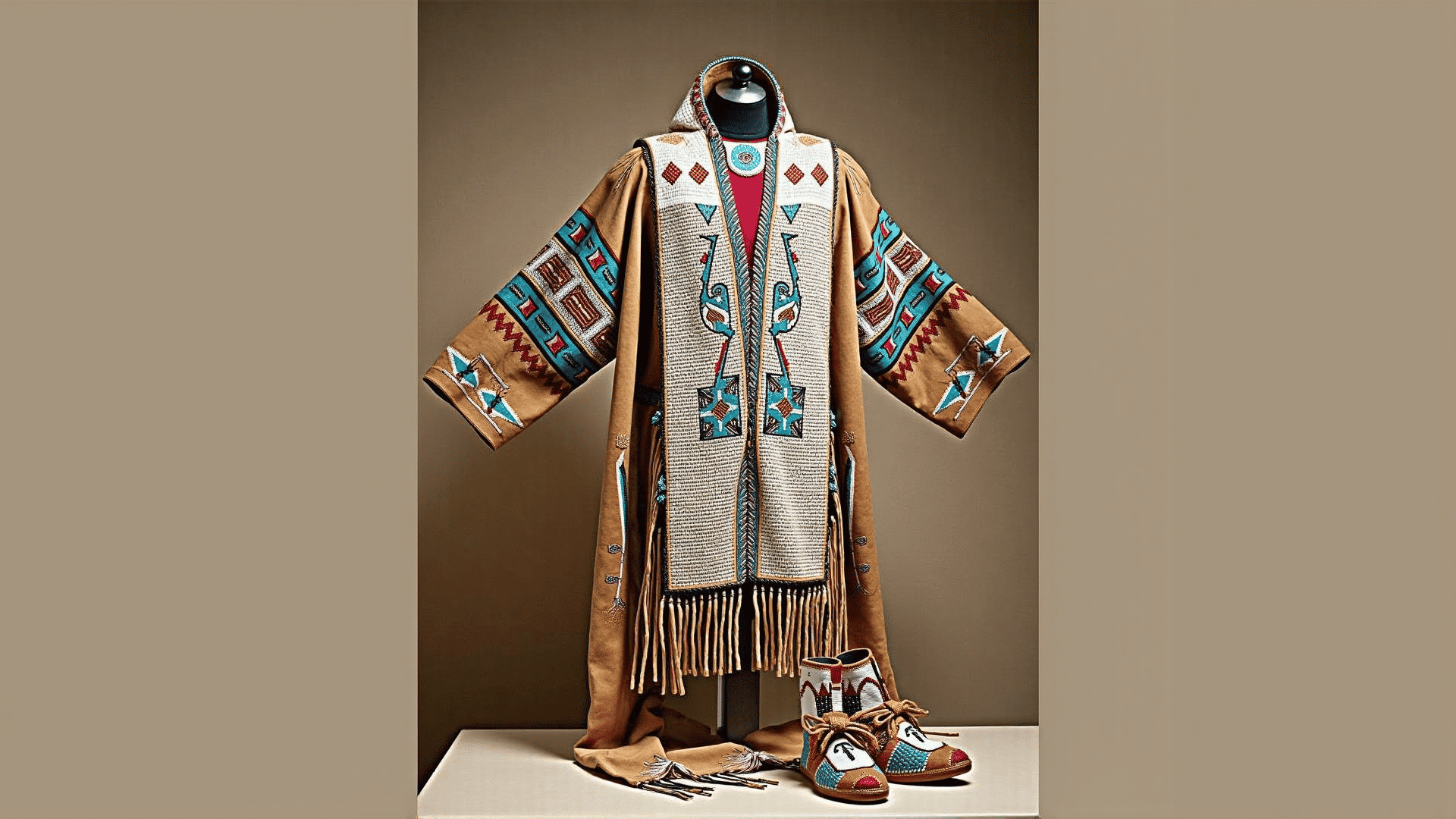The garments of Indigenous peoples in North America are a profound testament to their rich cultural heritage, embodying complex layers of symbolism that reflect their beliefs, stories, and historical experiences. Each garment is far more than a piece of clothing; it is a narrative woven from the threads of tradition, spiritual beliefs, and identity.
One of the most striking elements of these garments is their use of color, each hue conveying unique meanings and emotions within different tribes. For example, in many cultures, red can signify life or vitality, while black might represent the afterlife or spirituality. The nuanced understanding of these colors allows for profound expressions of identity and connection to the natural world, anchoring individuals within their cultural narratives.
Furthermore, the materials selected for these garments often hold deep symbolic significance. For instance, the use of animal hides and furs is not only practical but also speaks to the relationship between humans and the animal world, highlighting themes of respect, honor, and gratitude. Each animal has its own symbolism; for instance, the eagle, a common motif, is often associated with strength and vision, serving as a bridge between earthly existence and the spiritual realm.
The designs and patterns on these garments are equally important, often telling complex stories or representing clan affiliations, personal achievements, or historical events. Symbols might include stars, the sun, or other celestial elements, illustrating a connection to the cosmos and its cycles. Additionally, geometric patterns can tell stories of creation, migration, or significant historical events, providing a visual historical narrative that is passed down through generations.
Adornments such as beads, feathers, and quills add another layer of meaning. These embellishments are not merely decorative; they are used to convey status, spiritual insight, and personal accomplishments. Beading patterns could represent familial ties or commemorate important life events, while feathers might denote communication with ancestors or spiritual guardians.
Moreover, specific garments are worn for different occasions, each with its own set of symbols. Ceremonial attire might include headdresses that signify authority and wisdom, while dance regalia could be designed to honor specific spirits or natural elements. These garments play a vital role in rituals and celebrations, serving as a bridge between the physical and spiritual worlds.
In essence, Native American garments are repositories of identity and history, offering insights into the values, beliefs, and stories of diverse cultures. They serve as living canvases, where each stitch, color, and pattern weaves together an intricate narrative of cultural identity and spiritual connection. Through these garments, the rich tapestry of Native American life is both preserved and celebrated, ensuring that their profound legacy continues to evolve and inspire future generations.
